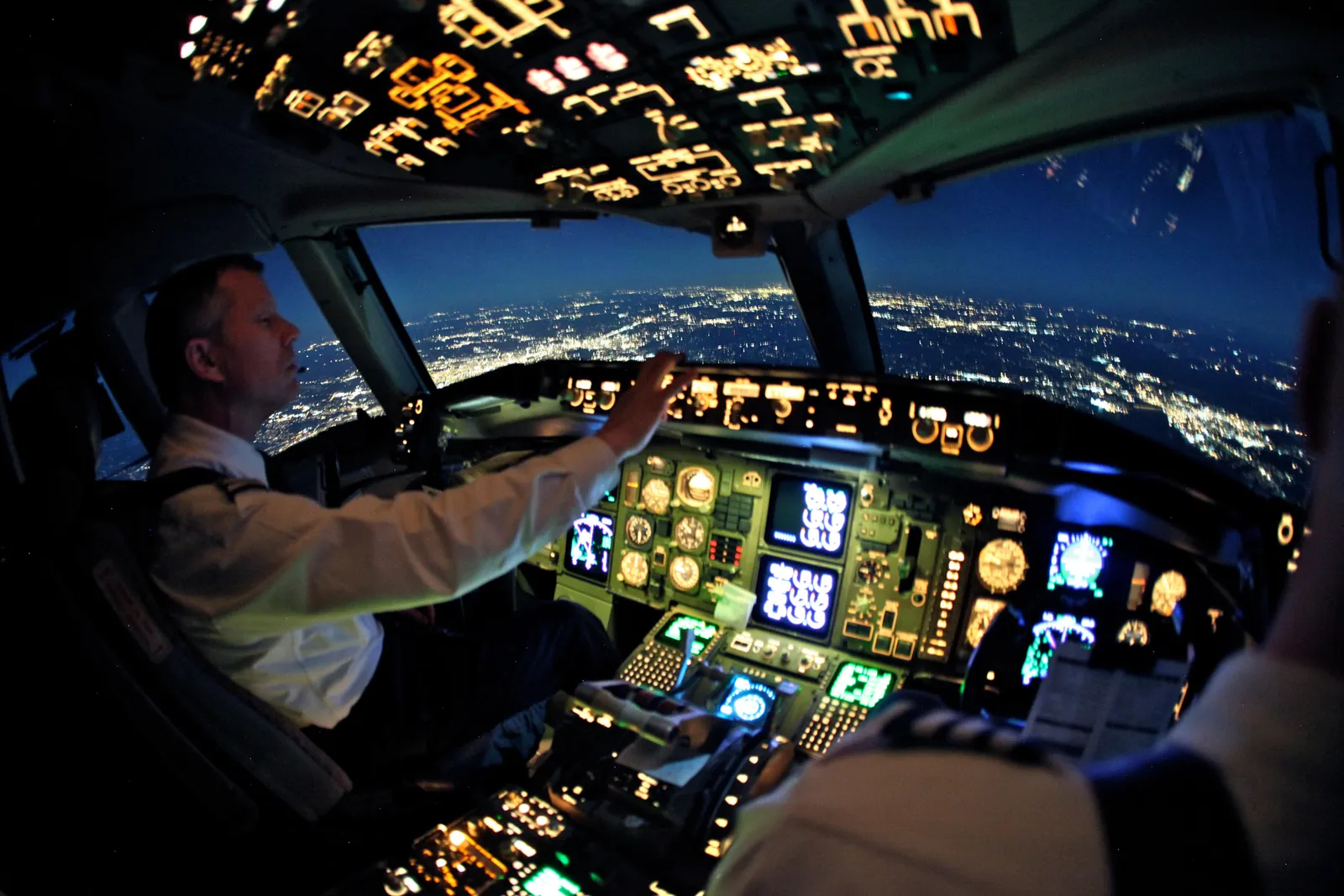Flying is a fascinating and complex field, combining both art and science. For those who dream of becoming pilots, mastering navigation is a crucial part of their training. Understanding the basics of navigation not only ensures safe flights but also helps pilots make informed decisions during their journeys. This guide provides an overview of essential navigation skills every aspiring pilot should know.
The Basics of Navigation
Navigation involves determining your position and plotting your course from one point to another. For pilots, this means understanding maps, using various tools, and interpreting data to ensure a smooth flight. Essential navigation skills include understanding aeronautical charts, using a compass, and knowing how to use GPS systems.
Understanding Aeronautical Charts
Aeronautical charts are crucial for pilots as they provide detailed information about airways, airports, and navigational aids. These charts help pilots plan their routes, avoid obstacles, and follow air traffic control instructions. Learning to read and interpret these charts is a fundamental part of pilot training. If you’re considering taking Airport Management courses in Neemuch, you’ll gain valuable knowledge about these charts and how to use them effectively.
The Role of Technology in Navigation
In modern aviation, technology plays a significant role in navigation. GPS systems have revolutionized the way pilots navigate, offering precise location data and real-time tracking. However, it’s important to remember that technology is just one tool in a pilot’s arsenal. Understanding traditional navigation methods, such as using a compass and maps, is also essential. If you’re interested in how technology integrates with navigation, the Top Airlines Center in Neemuch provides comprehensive training in this area.
Practical Skills for Pilots
Practical navigation skills are developed through hands-on experience and training. Pilots must practice planning flights, calculating headings, and estimating fuel needs. Training programs, such as those offered at the Top Airlines Center in Neemuch, provide practical experience and teach students how to apply theoretical knowledge in real-world scenarios.
Preparing for Different Weather Conditions
Weather can greatly impact navigation. Pilots need to be prepared for various weather conditions, from clear skies to heavy fog or thunderstorms. Learning how to adjust flight plans and navigate safely under different weather conditions is a crucial skill. Airport Management courses in Neemuch often cover how to interpret weather reports and adapt navigation strategies accordingly.
The Importance of Continuous Learning
Aviation is a constantly evolving field. New technologies and regulations mean that pilots must engage in continuous learning to stay current. This includes staying updated on new navigation tools, regulations, and best practices. Enrolling in courses and training programs, such as those at the Top Airlines Center in Neemuch, helps pilots keep their skills sharp and stay informed about the latest advancements in navigation.
Conclusion
Learning navigation is a vital part of becoming a skilled pilot. By mastering the basics of aeronautical charts, leveraging modern technology, and developing practical skills, aspiring pilots can ensure safe and efficient flights. Training programs, like those offered at the Top Airlines Center in Neemuch, provide the necessary education and hands-on experience to excel in this field. Whether you’re just starting or looking to advance your skills, understanding navigation will set you on the right path to a successful aviation career.

